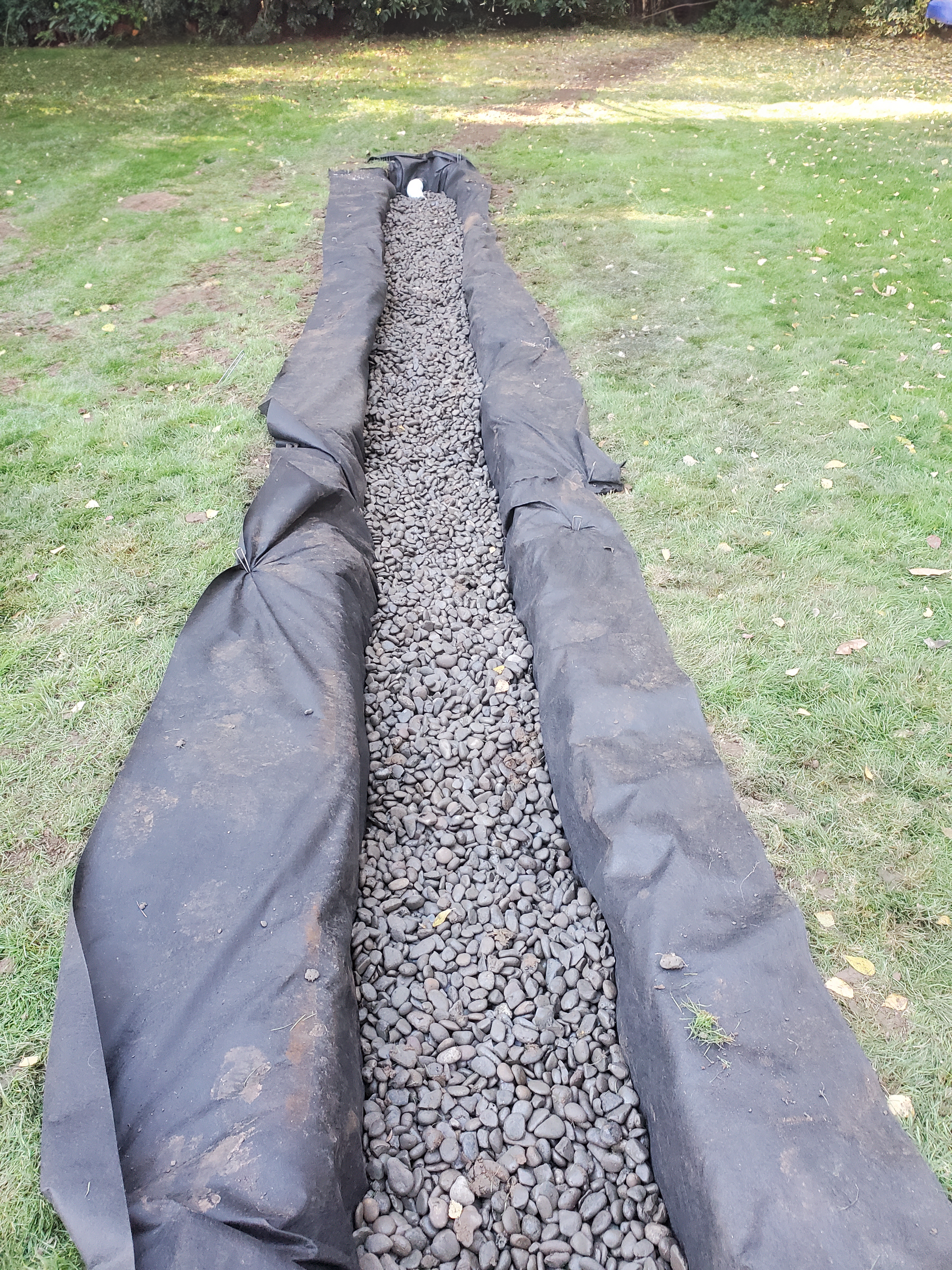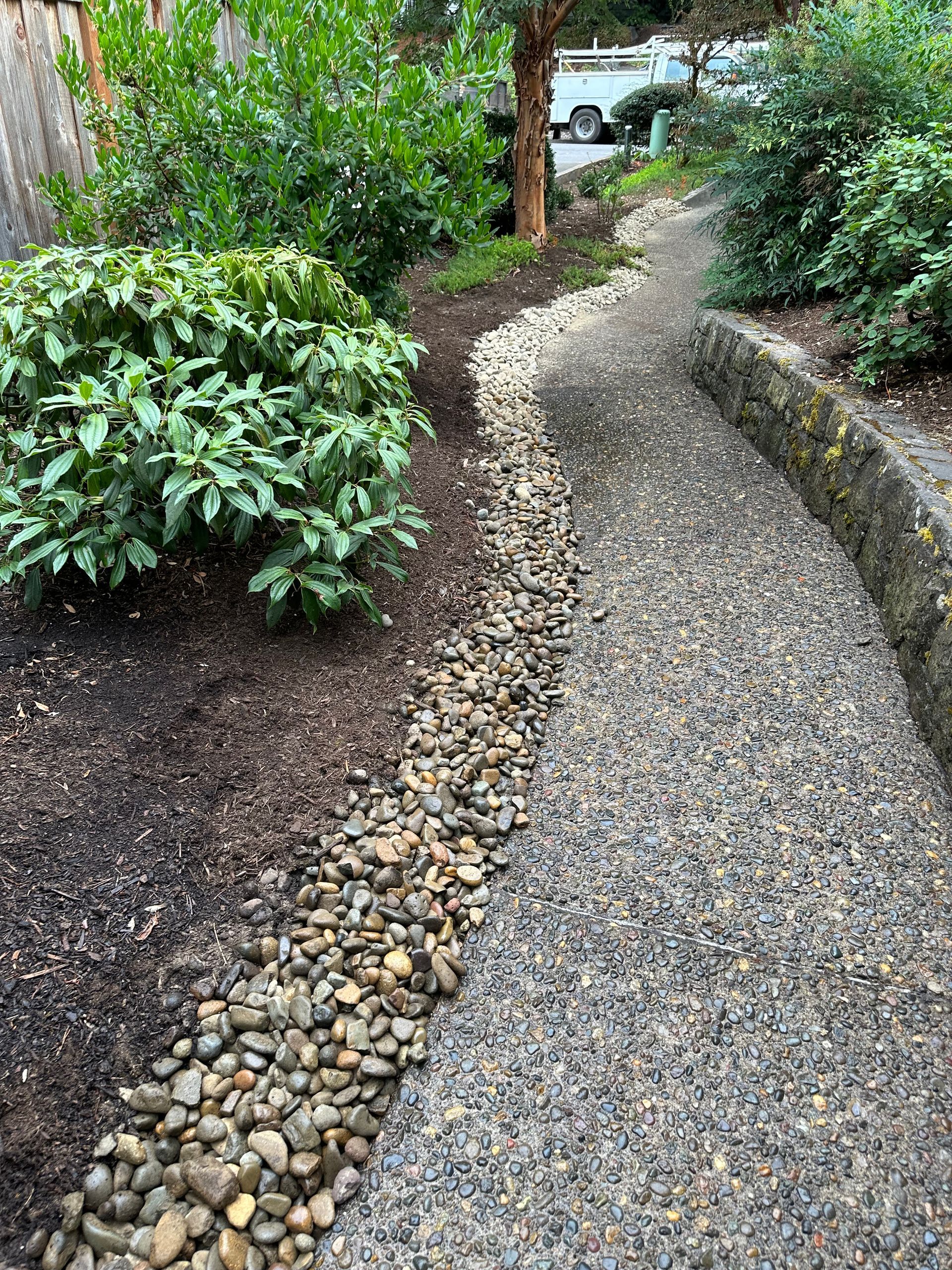Drywells are underground structures designed to collect and disperse stormwater runoff from roofs, driveways, and other surfaces into permeable soils below. Drywells come in two forms: a rock-filled drywell, and a formal drywell. A rock-filled drywell consists of a large, excavated pit filled with gravel or rock. A formal drywell consists of perforated concrete rings. They allow rainwater to percolate slowly into the surrounding soil, effectively recharging groundwater and controlling surface water runoff. Drywells can also help reduce pollution by filtering contaminants before they reach waterways. They are an eco-friendly and sustainable solution for managing stormwater runoff and preserving water quality.
Drywell rings, also known as formal drywell systems, are prefabricated concrete structures designed to create underground reservoirs for stormwater storage and infiltration. These range in size from 24” to 48” and larger in diameter and are made in 1ft, 2ft, and 4ft sections. Normally, a formal drywell system is used 6-8ft below the surface in residential applications. These rings are typically interconnected to form a larger empty space, allowing rainwater to collect and gradually infiltrate into the surrounding soil. Drywell rings provide an efficient and customizable solution for managing stormwater runoff. They are commonly used in residential, commercial, and municipal stormwater management projects where the soil permits.
Rock-filled drywells are typically installed at depths ranging from 4 to 6 feet. Functioning as a more informal variant of traditional drywells, they consist of a deep pit filled with drain rock. This approach proves to be more cost-effective and is particularly suitable for shallower spaces. When a property doesn't necessitate as much infiltration or water storage as a formal drywell provides, rock-filled drywells serve as an excellent alternative.
All our drywells are equipped with an overflow mechanism to ensure optimal functionality. Typically, this overflow takes the form of a bubbler at the surface. This precautionary feature is essential for addressing rare instances when the system may become overwhelmed. Instead of backing up towards your home, the bubbler facilitates the safe dispersal of any excess water onto the ground's surface. Serving as a backup to the infiltration process, this bubbler ensures reliable and efficient drainage, even during extreme weather conditions.













